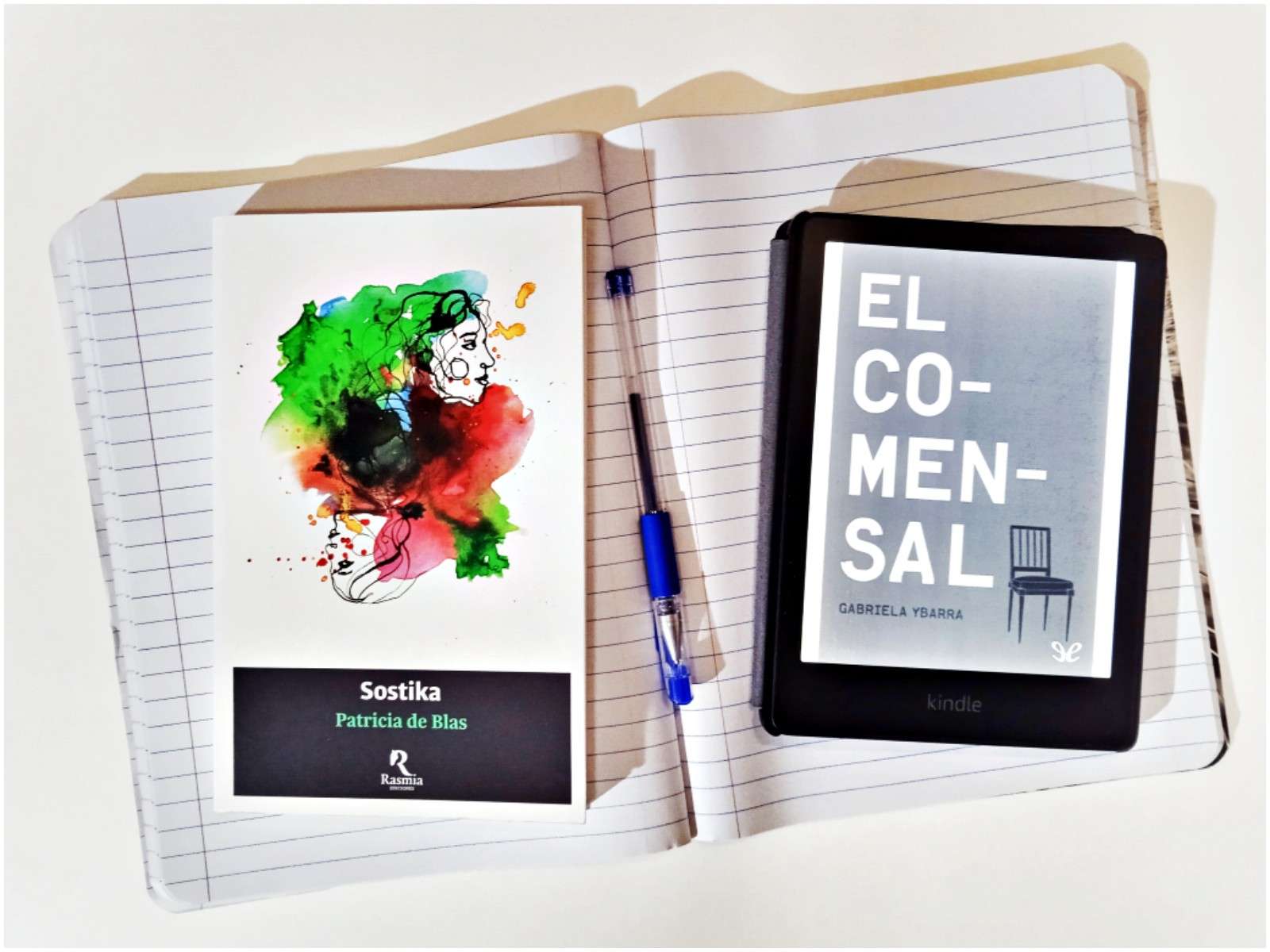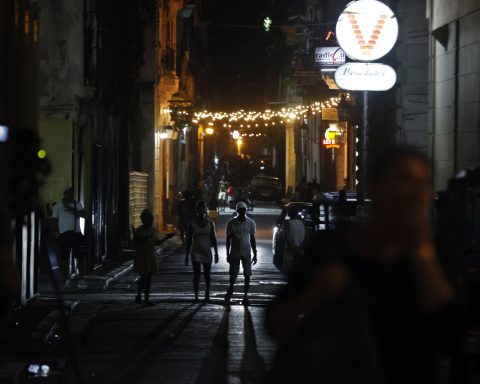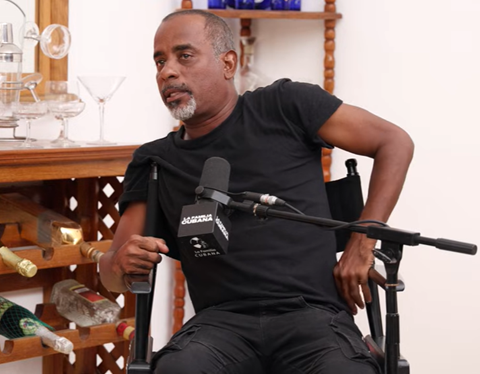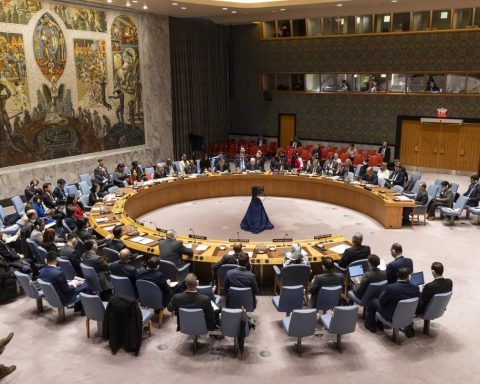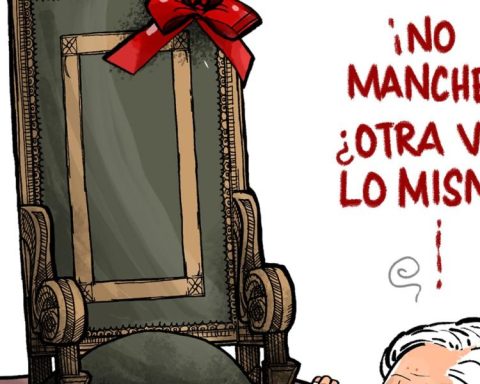A few days ago the Cuban writer Elaine Vilar Madruga invited me to the presentation of the first novel by Gabriela Ybarra The diner, which took place in Havana. For reasons beyond my control I could not attend, so from here I will talk about the book. The second novel that I will be talking about, another literary debut in Spain, came to me because I already knew its author, Patricia de Blas, who introduced me to the novel. The tyranny of the flies of which I’ve already been talking a few months ago.
Sostika, by Patricia de Blas, is an autofiction novel, as is also The diner by Gabriela Ybarra.
The autofiction genre is somewhat controversial within the literary world. As its name indicates, it mixes the autobiographical with the fiction and, for some, it is an exaltation of the self, a narcissistic narrative, a product of modern currents altered by the selfism of social networks, in short, that, whatever it may be, autofiction is something that has been going on for a long time, only that in recent decades it has achieved much greater popularity and visibility. Authors such as Marta Sanz, and the Nobel Prize winners for Literature JM Coetzee and Annie Ernaux —whose work I recommended this summer—among many others, have cultivated the genre. For me it is necessary, it is very modern and, therefore, I declare myself its defender. Didn’t Rimbaud say that you have to be absolutely modern?
It is true that autofictional speech has been used mostly by women, which seems correct and important to me. This is also a way of witnessing and giving visibility to individual life experiences, thoughts and interpretations from other points of view, far from the patriarchal forms that have been dominating the literary market.
Be that as it may, autofiction has an undeniable literary value, a high humanist content and always leads to debate, because if it is not a personal story that comes to put a finger on a sore, then why tell it?
Here, then, is the example of two autofiction novels, laudable literary debuts by two Spanish authors who are well worth reading and discussing.
The diner, by Gabriela Ybarra
It is a mixture of chronicle with autofiction in which Ybarra discusses mourning, the political and the social, and how these elements affect family life. He does it from his personal experience and through research on his grandfather, assassinated by ETA at the end of the 70s, on the eve of democracy.
The kidnapping and violent death of the grandfather had a repercussion that crossed generations, as well as the political affiliation of the father of the protagonist, which forced the family to move and live for a while under threats of attacks.
Until the death of the mother, that other family trauma that was the murder of the grandfather is not uncovered, a fact that is narrated in the first part as a chronicle. The second part, with a much more intimate and personal tone, tells us about how the protagonist decided to throw herself into ordering the pieces of the past as a result of the death of her mother:
“It is common that, after the death of a loved one, their family and friends look at and share photos to remember them. In this situation, the perception of the spectators is usually altered…”.
The narrative is a journey of self-discovery from which Ybarra emerges unscathed despite the injuries and, in any case, it is an autobiographical testimony —with fictional touches— that helps us understand the value of family, communication, and knowledge. from one’s own roots, not only morally, politically, sentimentally, but also genetically and familially. A surname, a relationship, a genetic inheritance can lead our lives, whether we want it or not, and to redirect our personal path we must delve deeper and seek knowledge.
“Be simple”, advised the mother of the protagonist in the novel, and the phrase seems to have permeated Gabriela, since it is the form of her prose; clean, concise and even somewhat cold -to put it in some way-, since it lacks any form or tone of victimization, the one to which we are so (badly) accustomed when it comes to exposing personal injuries.
That same year, the film of the same name was released, under the direction of Ángeles González-Sinde, which also speaks of the importance of the novel. The diner supports my theory that politics is the real villain of almost all of today’s tales.
“Death before its time is always violent, leaving young is. Just like starting with a shot is always premature. Age does not matter”.
Sostikaby Patricia de Blas
With her I have cried with emotion, and I do not want this to mediate or affect the perception of this novel for those who dare to read it. Although I’m not a crybaby, I couldn’t help it, because what I read is a lesson in humanity and, above all, a demonstration of how bad the world still is, of how much the 21st century still has to do to reach some corners. of the planet, and when I say the 21st century I mean the best of the century, the fairest and most humane of the century. And I have cried, too, because injustice is felt as an evil in all cultures, no matter how much it is our “daily bread”, or something inevitable.
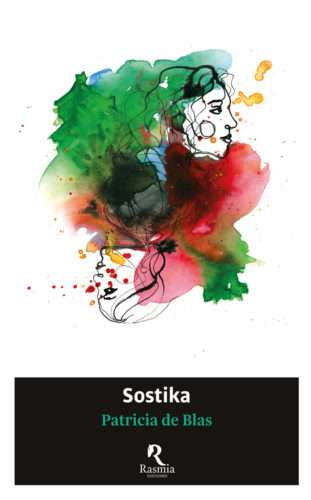
Now, I will talk about the novel:
Sofia, the protagonist, is a thirty-year-old girl who, when the earthquakes in Nepal, went to take some photos to document the events to support the news in various media. The last day of her stay there, she portrays a girl whose photo, already in Spain, does not appear anywhere. However, her boyfriend sends the photo to a contest, and after winning the three thousand euro prize, Sofía decides to return to the refugee camp to find, two years later, that girl who fled as soon as the photo was taken —already during the reading we understand why she escaped-, and give her that money to help her.
That is just the beginning of the adventure. Neither Sofía nor the reader expects the number of turns they have to take to find her, nor where or how they are going to find her, nor why she is not where she should be, nor all the ways in which our chests will squeeze as we reading progresses.
This is a story that moves in crescendo, despite the small breaks to contemplate the landscape and appreciate the customs, which are also part of the experience. A story full of unexpected twists until the very end. I, as the protagonist, despite having been baptized Catholic, no longer believe that there is a God, and even so, I always say: God knows what he is doing, we are the ones who do not understand; Here the saying applies -which is mine by the way-, and when reading the novel you will understand why.
The simple prose and intrigue surround you. Without falling into any pamphlet, the novel invites you to reflect, and only exposes enough facts and situations for the reader to form his opinion of the state of things in a country like Nepal. But who are we to judge?
Among the questions that I have seen out there regarding what the novel raises, whether or not there is an aesthetic of poverty, yes, there is, and it also has beauty; It is a type of rare beauty that can be recognized with the eye of someone who is not poor, as the author herself says: by contrast. It can be chaotic, sad, shocking, dirty, whatever, but there is something very real: it does not leave you indifferent, it moves you, shakes you, drags you into questioning. A photograph of the disaster does that, and turns pain into art. Patricia doubled down on art by also capturing it in literary form, even though she may be contradicting the famous line: An image says more than a thousand words. Here, in thousands of words, there are several images so well described, with such respect and precision, that no visual support was needed.
And yes, the strong one, the one who survives, the one who wins, the most powerful, is the one who tells the story, as almost always. In this case, the voice of the first World is the one that tells the story, and that she does it with such care and respect says a lot, otherwise, how to spread the awareness that there are others, rather, thousands of others without a voice? Here is a necessary novel, with its touch of autofiction, testimonial and made to please, despite the discomfort of many situations raised; which is not a weak point of the story, be careful! Quite the opposite.
The anachronism that Sofía represents in Nepal raises even more questions on the table and, above all, points to the situation of women in that country, still subjected by religion, culture and politics to things unthinkable for the modern world: arranged marriages to the medieval style, slavery, abuse, human trafficking…
Sostika Rumba, the girl in the photo, shakes your soul through the lens of the photographer who searched for her, still hardly participating in the story. And here is another point in favor of the novel, which plays with the simple formula of the subject looking for an object, and in that sense the story fluctuates like a movie, with its ups and downs, its desperate moments, the suspense and the obligatory scene. I see film wood here.
I liked the direction it takes at the end, like that, as if they were slapping pity, because it’s not about pity, when you feel pity you are declaring some kind of superiority or whatever. In this case, it is mere empathy between human beings, that we stop to think about others, and how sometimes being a little less selfish (yes, a little less, because we are always selfish) we can affect, for the better. the lives of others.
I am very moved and could get involved with many things, I only invite you to read Sostika. It is brief, simple, respectful, beautiful, and it goes deep.
“Photographs are like novels. There are millions of them all over the world that mean nothing and very rarely do you have one in your hands that changes everything.says Sofía, the protagonist, and here is the summary of this beautiful story.
We read next week.
